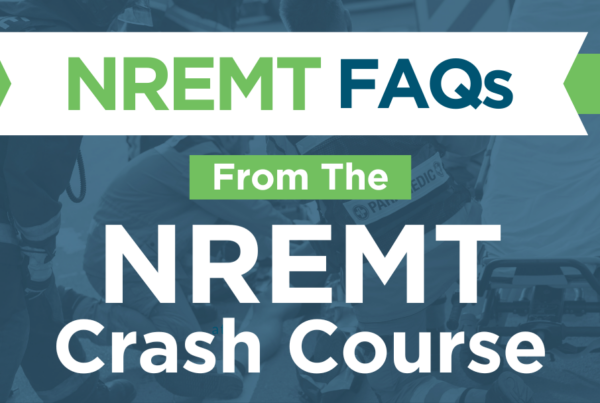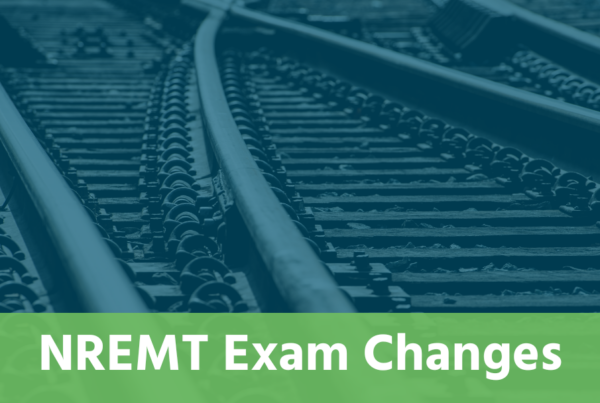 You have worked hard in class, but you won’t get certified or licensed unless you pass the test. We are committed to help you in your quest to pass the test and become an EMS provider.
You have worked hard in class, but you won’t get certified or licensed unless you pass the test. We are committed to help you in your quest to pass the test and become an EMS provider.
Use the following tips to help you pass the test.
1. Learn how to take the test
There are strategies that can help you take and pass your state or NREMT exam. Some are as simple as making sure you read the entire question and each answer choice before making your selection. Perhaps more importantly, you should make sure you understand what the question is asking.
For example, many questions end in the “you should” format. When you see this, you are being asked what you would do next. This is an important concept that requires you to read the question to determine where you are in the patient assessment process and what may have already been done.
You will also be asked to choose a “best answer.” This may be very different than the “correct answer” format you may be used to from high school, college programs or employment. In the best answer format you may be able to make a case for all of the choices provided but one is more right than the others.
NOTE: In 2020, the NREMT changed from the “best answer” format to a “one correct answer” format.
⇒Resources: Digesting a Test Question [Video] , 6 Mistakes Student Make [Video]
2. Take a comprehensive electronic examination
Review programs like the PASS apps do more than provide a test of your knowledge. They provide practice taking an exam in an on-screen format. The major difference between a paper exam and the NREMT is that once you make a choice and move to the next question you can’t go back. In class, right up to the last minute, you can always look back at questions and change an answer. Not so on the computer. Even if you know the material cold, anxiety over taking a computer-based exam can reduce your score significantly.
⇒Resources: EMT/AEMT Test Prep [Apps], Paramedic Test Prep [Apps]
3. Use your practice exams diagnostically
Taking practice exams are one way of preparing for an exam. Experts believe that a good practice exam is significant preparation for your big test. However you should also use your practice exam as a way of determining what areas you need more study in and then hit the books for extra work in those areas.
⇒Resources: Practice tests with membership to EMTReview.com
4. Study the right stuff
The NREMT is most likely not going to ask you how many cervical vertebrae there are or what the normal respiratory rate is. You will instead get a short scenario which ends asking you what you should do next, what you suspect the problem is or to draw a conclusion about the facts presented. You won’t learn that from studying random facts in the book. Use the case studies or critical thinking exercises in your textbook and workbook. Make sure you know and understand the concepts presented.
⇒Resources: NREMT Exam Cram [Download]
5. Stay calm
On the day of the exam sometimes it is as simple as calm = passing. The recipe for calm is in the previous 4 steps. Learn how to take the test, practice with an on-screen, one-question-at-a-time exam, and study the right stuff in the areas that you are weak. If you feel prepared you will be less anxious and you will do better. If you feel like anxiety is getting the best of you during the test, pause briefly and take a few deep breaths. Then remember all your preparation getting ready for that moment. Focus and continue.
⇒Resources: 8 HOURS of Relaxing Music – Meditation, Sleep, Spa, Study, Zen [Video & Audio],
Study Music: Studying Music with Alpha Waves for Brain Power Concentration, Focus, Relaxing [Video, Audio]


